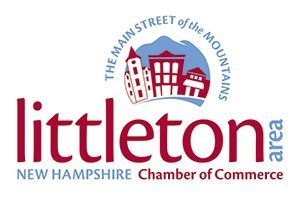
It started with a farmer’s curiosity. Local stories say that a man named Dudley Smith noticed green stains on exposed rock in Strafford and realized it might be valuable. Soon after, prospectors confirmed it was copper ore—malachite and chalcopyrite—and within a few years, a mining company formed to extract it. In a region better known for sheep and maple syrup, the idea of Vermont mining for metal was almost unthinkable.
By the early 1800s, the Elizabeth Mine Company had shafts and adits snaking beneath the Orange County hills. Copper ore was hauled out by horse and wagon, smelted locally, and shipped by canal and rail once the infrastructure reached the area. During the Civil War era, demand for copper soared, and the mine operated nearly nonstop. The hills around Strafford rang with hammer blows and the hiss of steam engines.
At its peak, the mine produced thousands of tons of ore and supported entire families who lived in company housing nearby. Strafford’s population rose, and businesses followed—blacksmiths, freight teams, and general stores supplying miners. But like most early mines, the boom couldn’t last. By the early 1900s, operations slowed, and the Elizabeth Mine finally closed in 1958 after intermittent use for more than 140 years.
Its history didn’t end there. Decades of mining left tailings rich in iron sulfides, which leached into nearby brooks, staining them orange and acidic. In 2001, the U.S. Environmental Protection Agency added the site to the Superfund National Priorities List. Cleanup began soon after, focusing on sealing waste piles and restoring water quality. Today, the site is stabilized and safe to visit, with interpretive signs and walking trails overlooking the reclaimed terrain.
The Elizabeth Mine is more than an industrial relic—it’s a reminder of a time when Vermont’s hills weren’t just scenic; they were strategic. The copper pulled from Orange County helped build a young nation’s ships, telegraphs, and munitions. It also stands as one of the earliest examples of rural Vermonters stepping into the industrial age—balancing ambition with the land itself.
So next time you drive through Strafford and notice that reddish ridge in the distance, remember: beneath that quiet hill once roared the heart of an industry. The Elizabeth Mine dug deep into the Vermont earth—and into Vermont history.
Sources
Elizabeth Mine, Wikipedia — discovery, operation dates, environmental restoration summary.
U.S. Environmental Protection Agency (EPA), “Elizabeth Mine Superfund Site Fact Sheet,” Region 1, 2001–2020.
Vermont Geological Survey, “Copper Mining in Vermont,” Vermont Department of Environmental Conservation.
Strafford Historical Society, “The Elizabeth Mine and Orange County’s Industrial Past.”
Credit: Vermont Historical Society
Have a story?
Let's hear it!
(802) 757-2773
(603) 787-2444
news@thebridgeweekly.com




